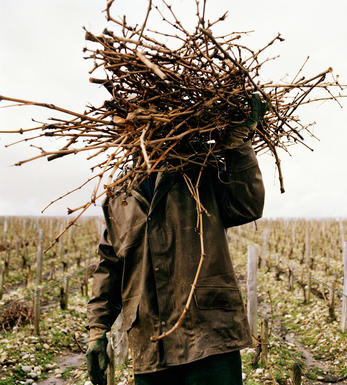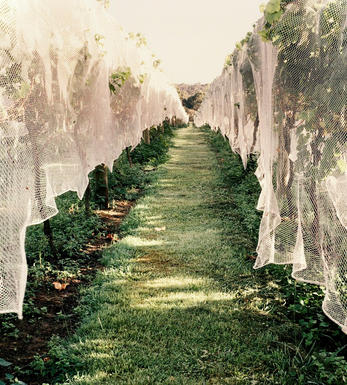
1959 Rivesaltes, Domaine de Sobilane

About this WINE

Domaine La Sobilane

Rivesaltes
Rivesaltes is a town located to the north of Pérpignan in the south-west corner of the Languedoc. It lends its name to two large appellations, one called simply Rivesaltes, the other, Muscat de Rivesaltes. Both are rather deceptively classified as Vins Doux Naturels, despite being fortified by arresting fermentation, making them therefore technically not 'Naturels'. Made from Muscat of Alexandria or Muscat Blanc à Petits Grains, the wines are surprisingly varied in temperament, much of which can be attributed to differing ageing regimes. The best will share a grapey freshness, with a richness and complexity derived from the mutage and extended ageing.

Grenache/Garnacha
Grenache (Noir) is widely grown and comes in a variety of styles. Believed to originate in Spain, it was, in the late 20th century, the most widely planted black grape variety in the world. Today it hovers around seventh in the pecking order. It tends to produce very fruity, rich wines that can range quite widely in their level of tannin.
In many regions – most famously the Southern Rhône, where it complements Syrah and Mourvèdre, among other grapes – it adds backbone and colour to blends, but some of the most notable Châteauneuf du Pape producers (such as Château Rayas) make 100 percent Grenache wines. The grape is a component in many wines of the Languedoc (where you’ll also find its lighter-coloured forms, Grenache Gris and Blanc) and is responsible for much southern French rosé – taking the lead in most Provence styles.
Found all over Spain as Garnacha Tinta (spelt Garnaxa in Catalonia), the grape variety is increasingly detailed on wine labels there. Along with Tempranillo, it forms the majority of the blend for Rioja’s reds and has been adopted widely in Navarra, where it produces lighter styles of red and rosado (rosé). It can also be found operating under a pseudonym, Cannonau, in Sardinia.
Beyond Europe, Grenache is widely planted in California and Australia, largely thanks to its ability to operate in high temperatures and without much water. Particularly in the Barossa Valley, there are some extraordinary dry-farmed bush vines, some of which are centuries old and produce wines of startling intensity.


Buying options
Add to wishlist
wine at a glance
Delivery and quality guarantee